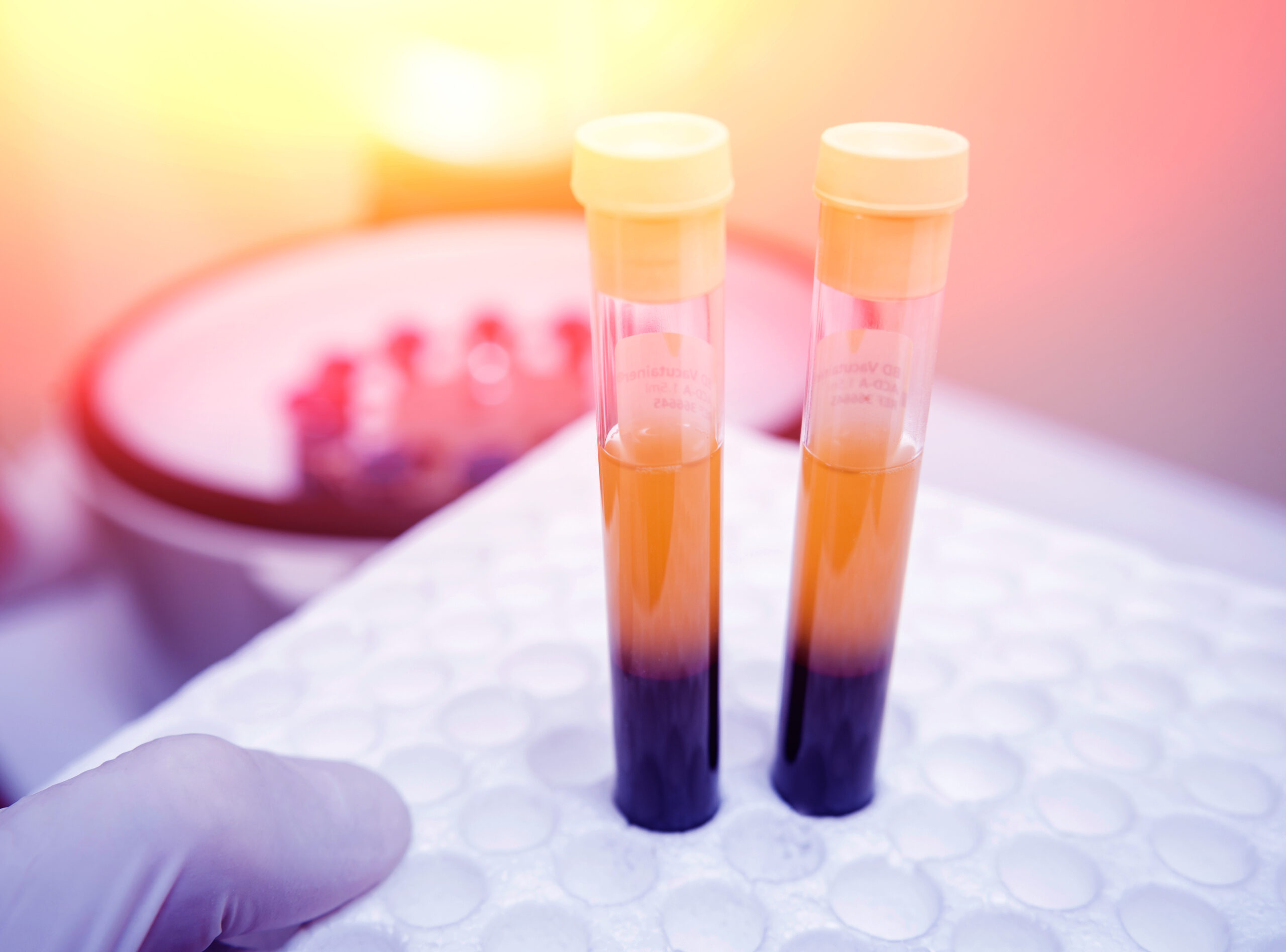If you’re like most people, you’ve probably heard of PRP but don’t know exactly what it is. PRP, or platelet-rich plasma, is a treatment that uses the patient’s blood to help heal injuries and reduce inflammation. It’s been used for years to help athletes recover from injuries, and more recently, it’s been used to treat a variety of conditions ranging from hair loss to joint pain. Here’s a quick look at what PRP is and what it can treat.
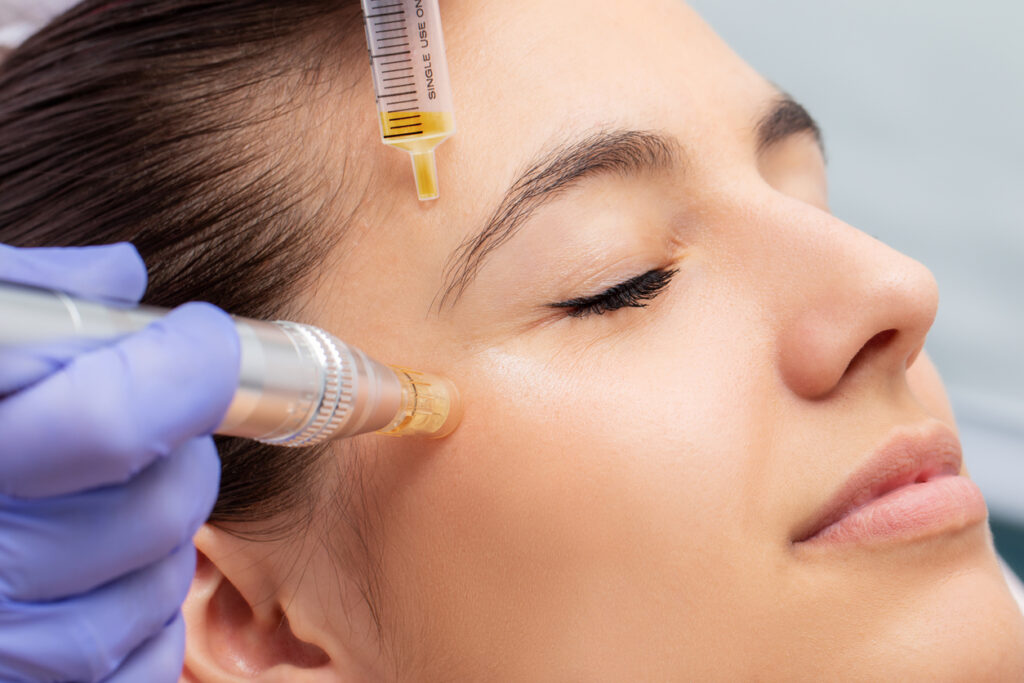
What Is PRP?
PRP, platelet-rich plasma, is made from the patient’s blood which is drawn from the arm and then placed in a centrifuge. It is spun at a high speed which separates the blood into its different components. The PRP is then injected back into the patient’s body.
The plasma, which is the liquid part of the blood, contains a high concentration of platelets. Platelets are cells that help with clotting and also contain growth factors. These growth factors are proteins that help to stimulate healing.
PRP is a form of regenerative medicine, a branch of medicine that focuses on the body’s ability to heal itself. PRP treatments are usually done in three or four injections, spaced a few weeks apart
It is also a form of stem cell therapy that uses the patient’s cells to promote healing. Stem cell therapies are a new and promising area of medicine, and there is a lot of research being done into their potential to treat a wide range of conditions. Other common stem cell therapies include bone marrow transplants and cord blood transplants.
How Does PRP Work?
When PRP is injected into the body, it helps to stimulate the healing process. The platelets release growth factors that promote healing and reduce inflammation, while the stem cells help to regenerate tissue. For this reason, PRP is often used to treat injuries and conditions that are slow to heal. PRP is thought to be most effective when it is injected directly into the site of the injury or condition.
Injecting PRP is relatively simple and can be done in a doctor’s office. The area to be injected is numbed with a local anesthetic, and then the PRP is injected with a needle. The injection is usually not painful, and the process takes less than an hour. Healing is typically a slow process, and it may take several weeks or months to see results.
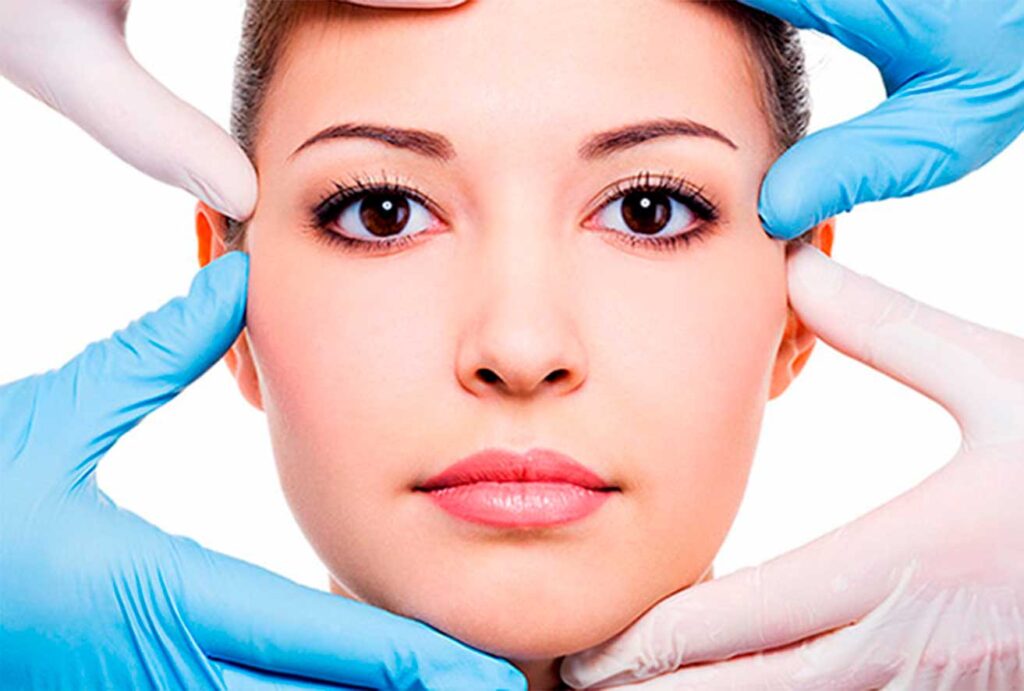
What Can PRP Treat?
PRP can be used to treat various conditions, both cosmetic and medical. It is most commonly used to treat injuries, joint pain, and muscle pain. Below are some of the conditions treated using PRP injections.
Joint Injuries
Joint injuries are one of the most common reasons people seek PRP treatment. PRP can treat a wide range of joint injuries, including tendonitis, bursitis, and arthritis. The injections can help reduce pain and inflammation and promote healing of the injured tissue.
PRP is often combined with other treatments, such as physical therapy, to help people recover from joint injuries.
Muscle Injuries
Muscle injuries are another common reason people seek PRP treatment. Muscle injuries can be caused by overuse, strains, or sprains. PRP can help to reduce pain and inflammation of the injured muscle and promote healing.
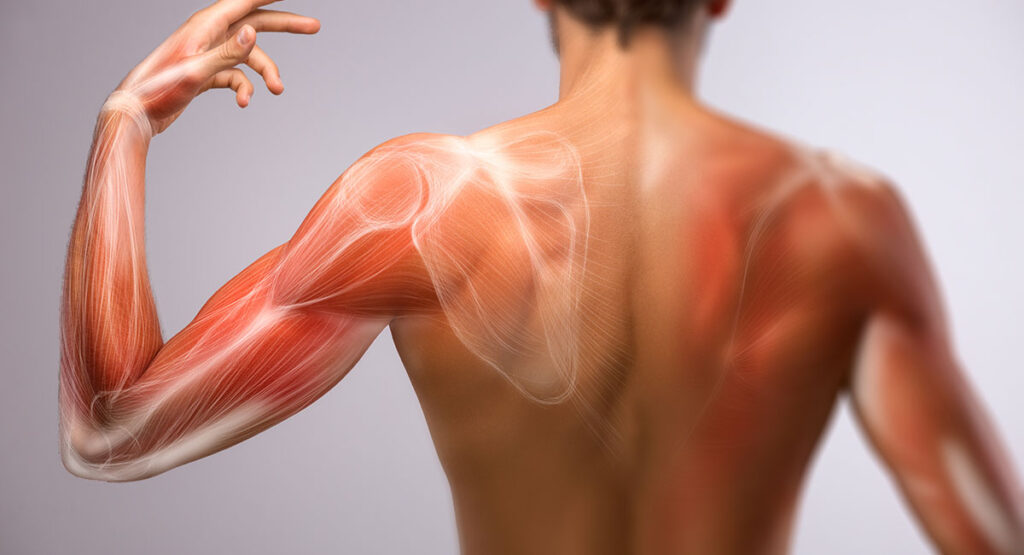
Osteoarthritis
Osteoarthritis is a condition that causes the cartilage in the joints to break down. This can lead to pain, stiffness, and swelling in the joints. PRP injections are a promising treatment for Osteoarthritis, as they can help regenerate cartilage and reduce inflammation.
PRP injections for Osteoarthritis are typically done on an outpatient basis since the procedure is relatively simple.
Hair Loss
PRP injections are also used to treat hair loss since the injections promote hair growth. PRP injections do this by stimulating the follicles and increasing blood flow to the scalp. PRP is usually injected into the scalp and the patient is asked to come back for multiple sessions.
PRP treatments for hair loss can vary, and it may take several months to see results. When used in combination with other hair loss treatments, such as medication or lasers, PRP can treat hair loss more effectively.
Skin Rejuvenation
PRP injections are thought to rejuvenate the skin by stimulating collagen production and helping to smooth out wrinkles and fine lines. PRP is usually injected into the face whereby it can help to improve the complexion and give the skin a more youthful appearance.
PRP treatments for skin rejuvenation are usually done in a series of injections. The number of treatments can vary depending on the individual’s goals.

Benefits of PRP Injections
PRP injections carry a few potential benefits. Below are some of these.
No-Risk of Allergic Reaction
First, PRP is derived from the patient’s blood, so rejection or allergic reaction is not a risk. Allergic reactions are common with other types of injections. When an allergic reaction occurs, the body’s immune system responds to the injected substance as a foreign invader. This can cause swelling, redness, and itching at the injection site.
Natural Solution
Second, PRP is a natural solution since the injected substance comes from the patient’s blood and it is not foreign to the body. It is also a non-surgical solution, so there is no risk of infection or scarring. Natural remedies are often sought after because they are thought to be safer and have fewer side effects than synthetic solutions.
Safe and Effective
PRP injections are safe and effective. They have been used for many years to treat various medical conditions. The procedure is relatively simple and can be done in a doctor’s office. The healing time is shorter as compared to other cosmetic procedures.
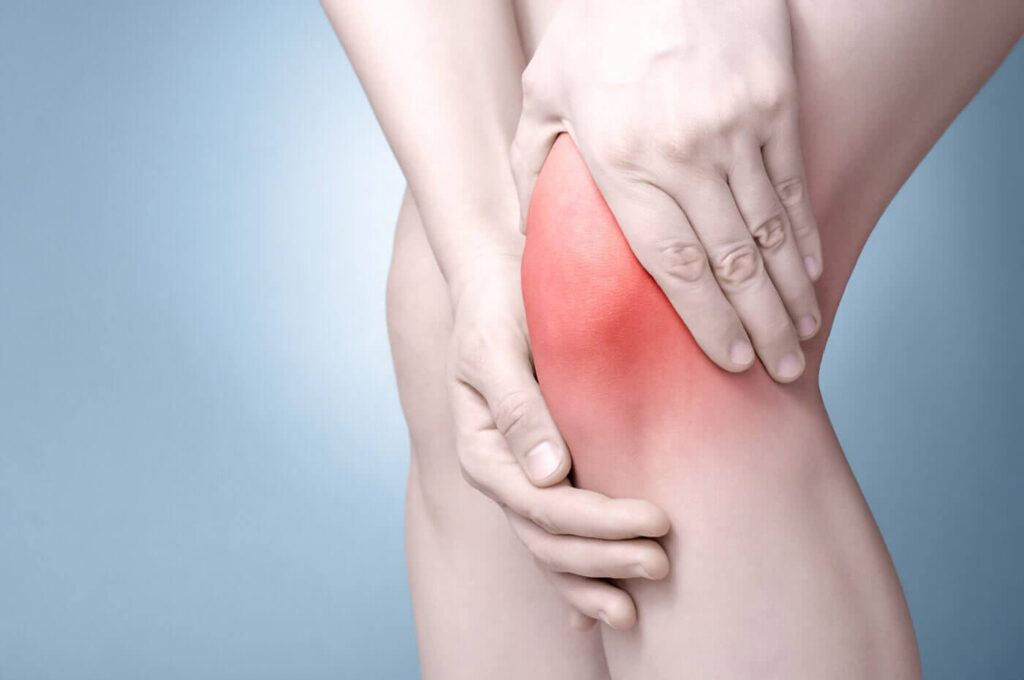
Reduced Inflammation
PRP is also thought to help reduce inflammation. Inflammation is a natural response of the body to injury or disease. It helps to protect the injured area and promote healing. However, chronic inflammation can lead to pain and damage to the tissues. The anti-inflammatory properties of PRP can help to reduce inflammation and promote healing.
Promotes Healing
PRP promotes healing. The injections stimulate the growth of new cells and the regeneration of damaged tissue. This can help speed up the healing process and reduce the risk of infection. It can also help to reduce scarring since the new cells are less likely to form scars. This is why PRP is often used to treat wounds and injuries.
Risks of PRP Injections
PRP injections are generally considered to be safe. However, as with any medical procedure, there are some risks involved. These include:
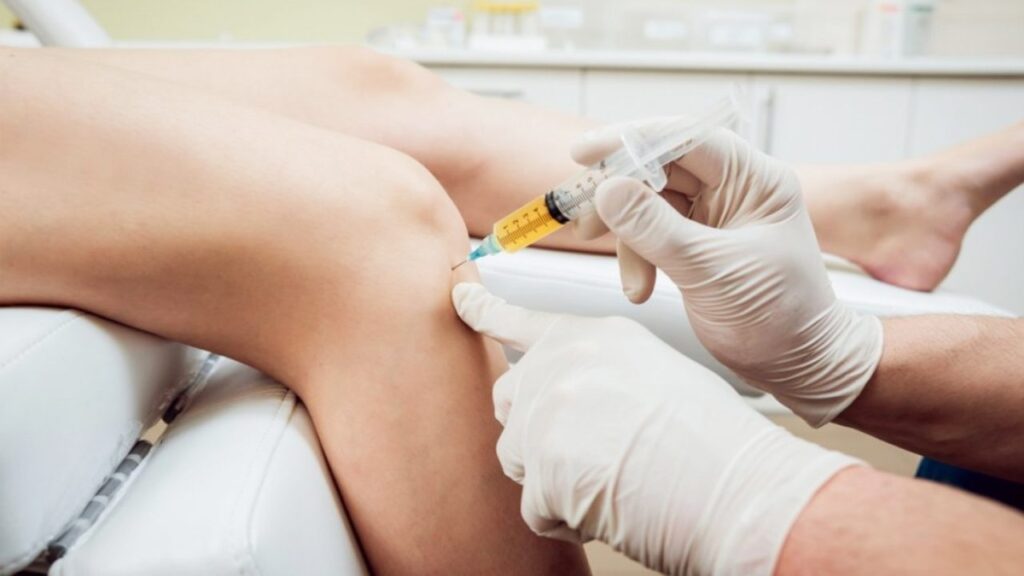
Infection
It is possible to develop an infection at the injection site. This is more likely if the skin is not clean or if the needle used to inject the PRP is not sterile. If an infection does occur, it can usually be treated with antibiotics. If you acquire an infection, it is important to see your doctor so that it can be treated properly.
Bleeding
PRP injections can cause bleeding. This is more likely if the needle used to inject the PRP is not sterile. Bleeding can also come along if the patient is taking blood thinners. Blood thinners are used to prevent blood clots from forming. If a blood clot forms, it can block blood flow and cause serious medical problems.
Nerve Injury
PRP injections can also cause nerve injury if the needle used to inject the PRP hits a nerve. Nerve injuries can cause pain, numbness, or tingling. If the nerves are damaged, the symptoms may be permanent.
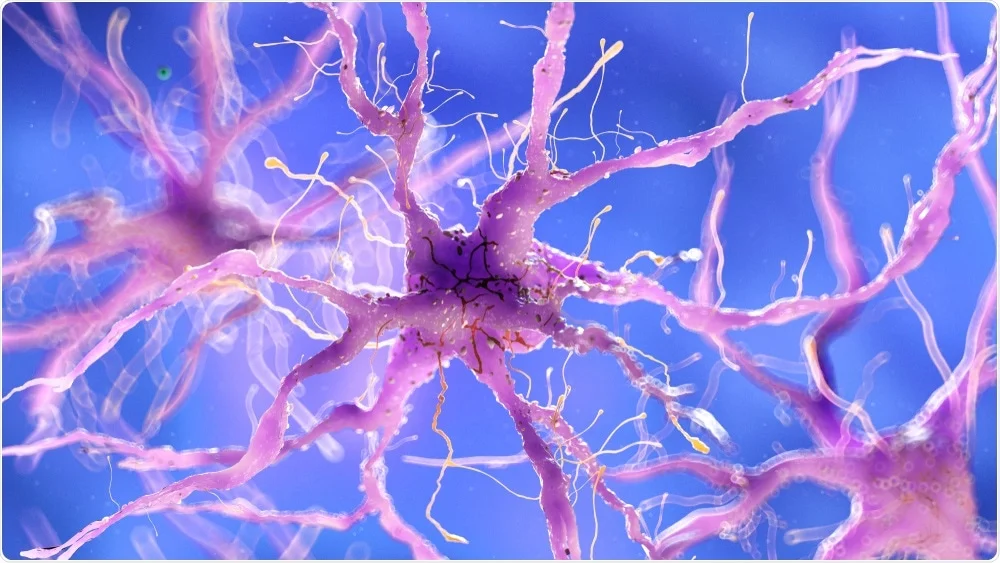
Conclusion
Stem cell therapies are becoming more popular as treatments for various conditions. PRP is one type of stem cell therapy that shows promise in treating joint injuries and hair loss, among others. For people looking for a natural and effective treatment, PRP may be an option worth considering.

